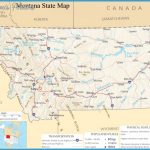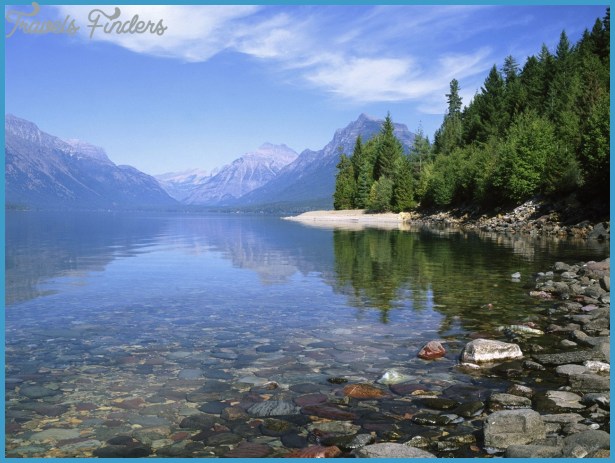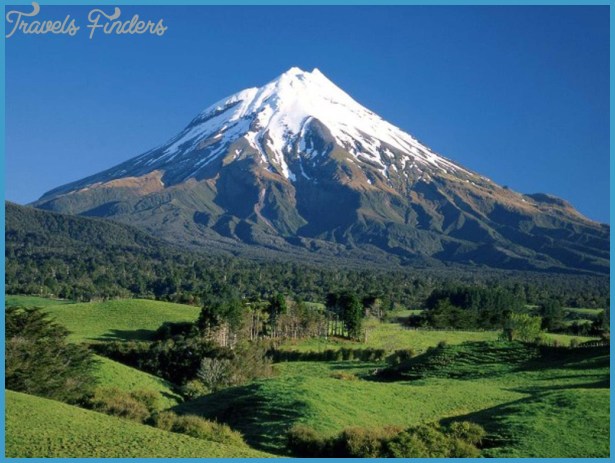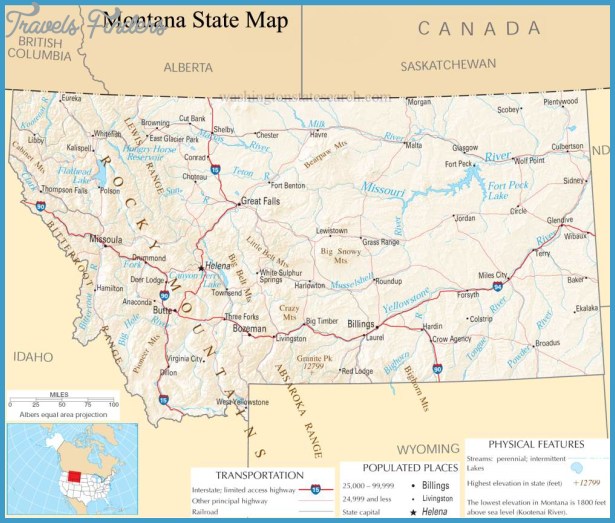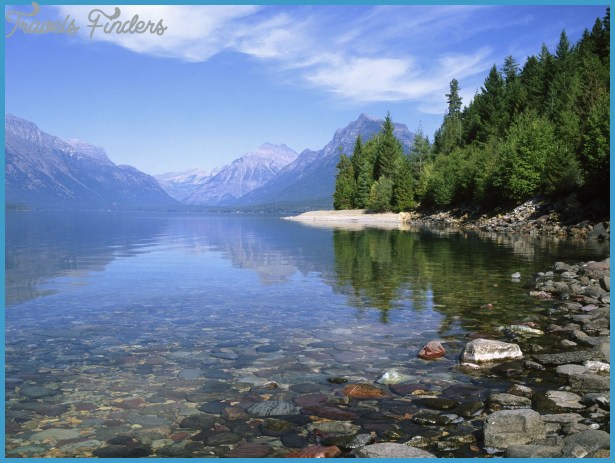Montana chronology
1800s Spanish speakers from Louisiana and Nuevomexicanos from what is now New Mexico arrive to hunt and trade.
1807 Manuel Lisa, business owner of Spanish descent born in New Orleans, establishes the Missouri Fur Company and leads his first trading expedition up the Missouri River and into Montana, with Benito Vasquez as his second-in-command.
1808-1812 Lisa establishes a trading post, Fort Manuel Lisa (initially named Fort Raymond), at the confluence of Big Horn and Yellowstone rivers, 30 miles east of present-day Billings. Lisa operates a trading and trapping empire throughout the northern Rockies.
1847-1867 Johnny Grant establishes a successful cattle ranch in Deer Lodge, where he employs Mexicans, thereby creating one of the earliest stable Mexican communities in Montana. The Grant-Kohrs Ranch is declared a national historical site in 1972 under Richard Nixon, and today it is considered a place that captures the traditions of western cattle ranching. Deer Lodge becomes a fur trading and trapping center, and many of the first settlers are Spaniards and Mexicans.
Spaniard Joaquin Abascal arrives in Deer Lodge, dying in 1869. He was a member of the Masonic fraternity and worked in Beartown.
J.U. Salazar, or Mexican John, establishes a ranch in Musselshell Valley. His ranch was located at the foot of a hill that now carries his name, Mexican John Hill.
Butte becomes the world’s greatest copper producer. Mexicans, Sonorans, Nuevomexicanos, and Chileans make up the mining labor pool. The economic transformation of the West and the Mexican Revolution cause an influx of Mexicans referred to as the Great Migration of Mexicans into the Southwest. Some continue to northern states such as Montana.
Anaconda Copper Mining Company is formed from many smaller mining companies. Anaconda controls much of Butte and Montana’s economy for roughly 70 years.
The Great Western Sugar Company and the Holly Sugar Company establish outposts in Montana. Great Western, with the help of Mexican recruiters, establishes a stable Mexican labor force for the sugar beet industry, centered in Billings, Montana. Great Western’s workers build a colonia (colony) in 1923.
Great Western Sugar Company is responsible for most of the economic activity and employment for Mexican laborers in Billings.
Though greater immigration restrictions are imposed by the United States, Great Western Company brings 3,604 Mexicans to eastern Montana. The company also lobbies for the free movement of Mexican laborers. Billings’s Mexican community forms La Hononfica Mexicana, a cultural organization that celebrated fiestas such as Cinco de Mayo and Mexican Independence Day.
For the first time in the history of agricultural labor in Montana, Great Western offers contracts to its workers to offset the effects of the economic depression of 1929.
The U.S. and Mexican governments create the Bracero program, Public Law 78, which enables companies such as Great Western to keep a stable and experienced Mexican labor force.
Completion of Our Lady of Guadalupe Church in Billings, Montana. The church attracts Latinos to this day and celebrates a Mexican fiesta every August.
Operation Peter Pan airlifts Cuban children shortly before and after the Cuban Revolution. With the help of the Unaccompanied Cuban Refugee Children’s Program, the Catholic Diocese, and the U.S. government, more than 100 children arrive in Helena and live at St. Joseph’s Home, an orphanage. The children live there until their parents arrive in the United States, or until they are placed in foster homes.
Concilio Mexicano, an organization that fosters the creation of jobs and educational opportunities for Mexicans in the community, is formed in Billings.
Chan Romero, a Mexican American from Billings, records a major hit, The Hippy, Hippy Shake.
The Montana Migrant Council is created in Billings to provide health, educational, and labor assistance to migrant families.
The 46th Montana Legislative Assembly passes House Joint Resolution 19, requesting a formal report on Latinos in Montana.
The cultural organization El Centro de la Raza is founded in Butte. The Coalition of Resource Organizations (CORO), a nonprofit entity, is formed in Bozeman. This organization is an open group of service providers and educators defending equal access to systems and services in the Greater Gallatin County for migrant families and for those to whom English is a second language. Many local aid organizations for example, the Food Bank request help from CORO in translating documents.
The first Spanish-language mass in Bozeman is held on May 6 at the Resurrection Church, which is part of the Catholic parish on the Montana State University campus. Three months later, in August 2007, about 200 families attend the mass.





